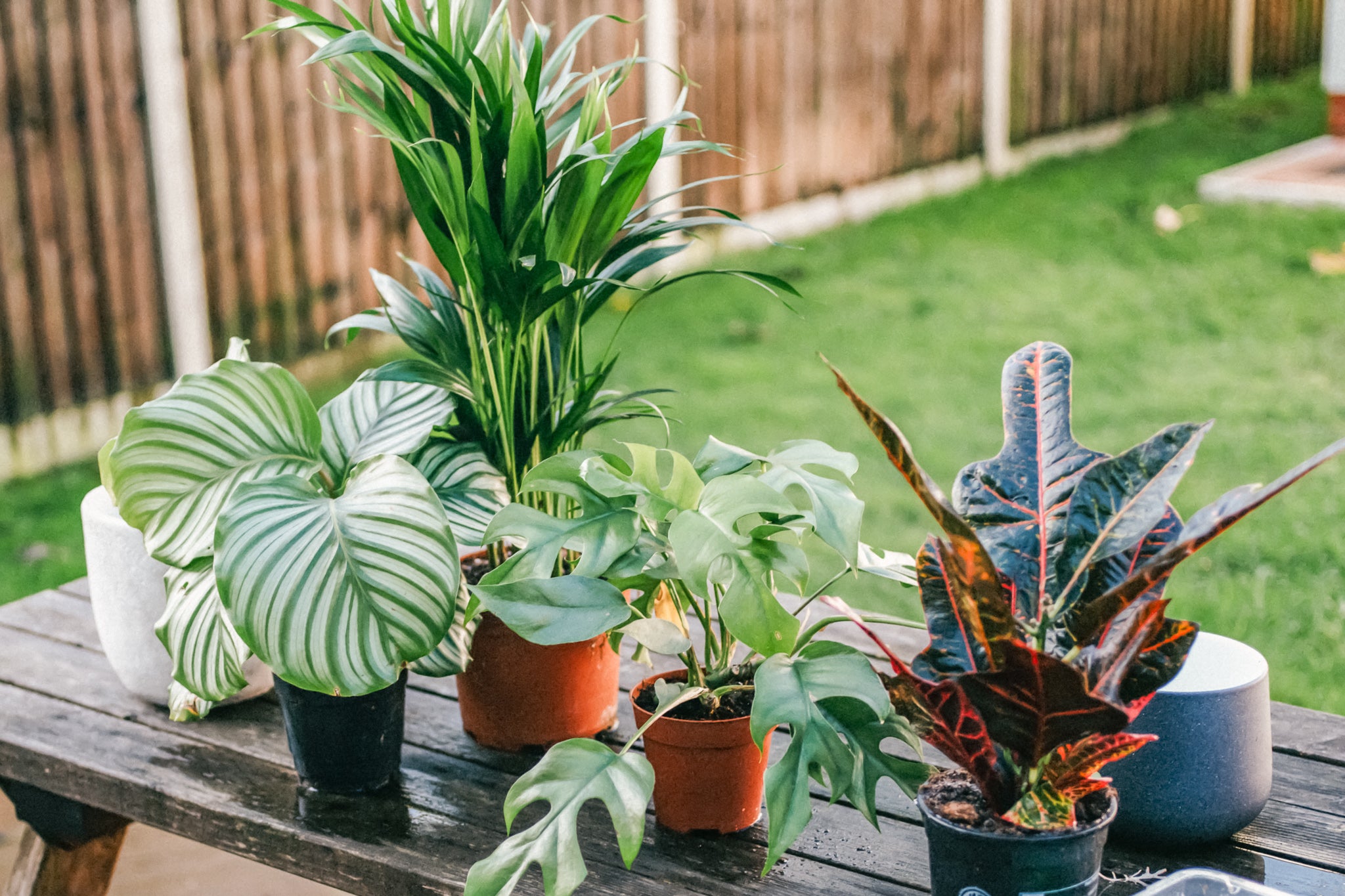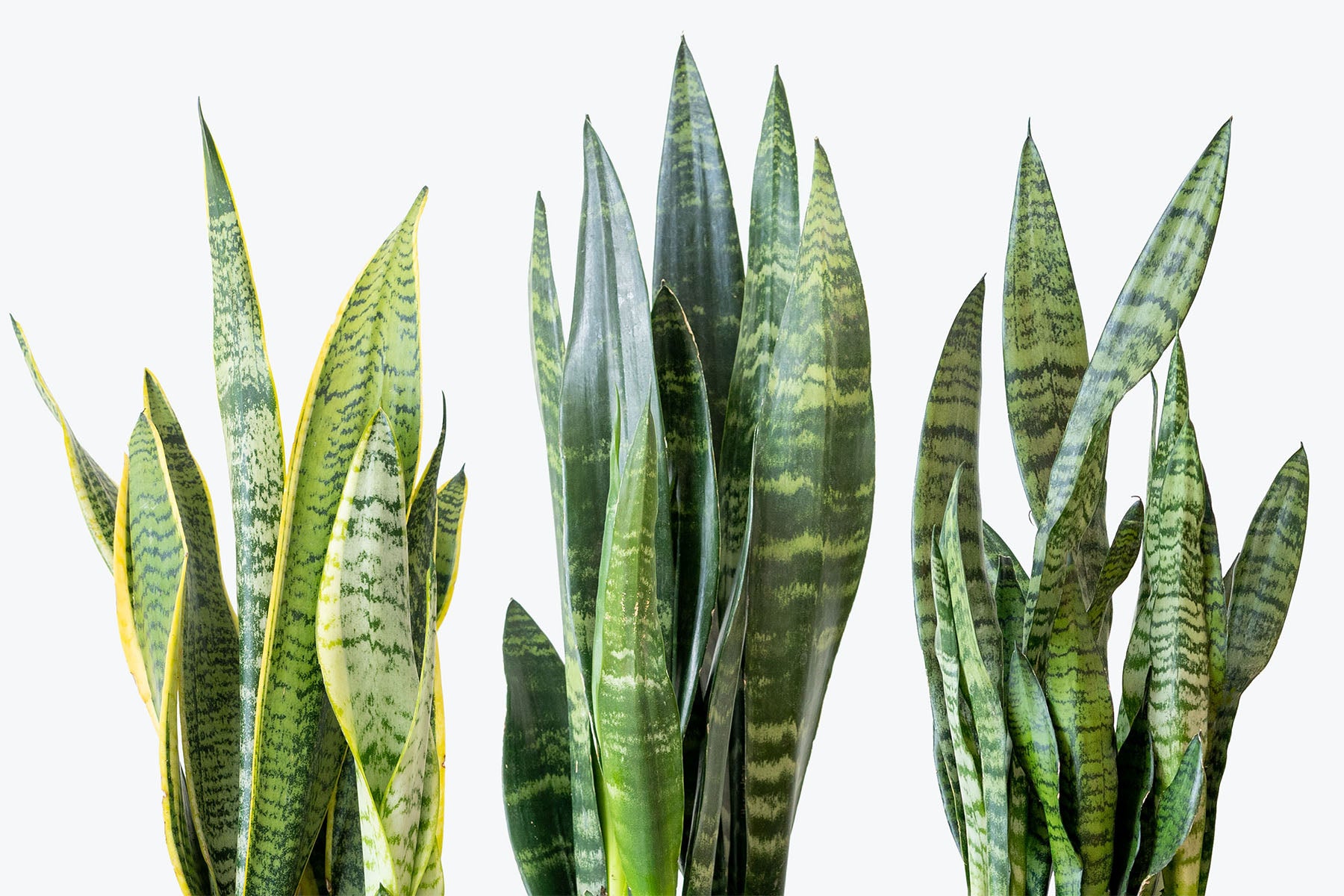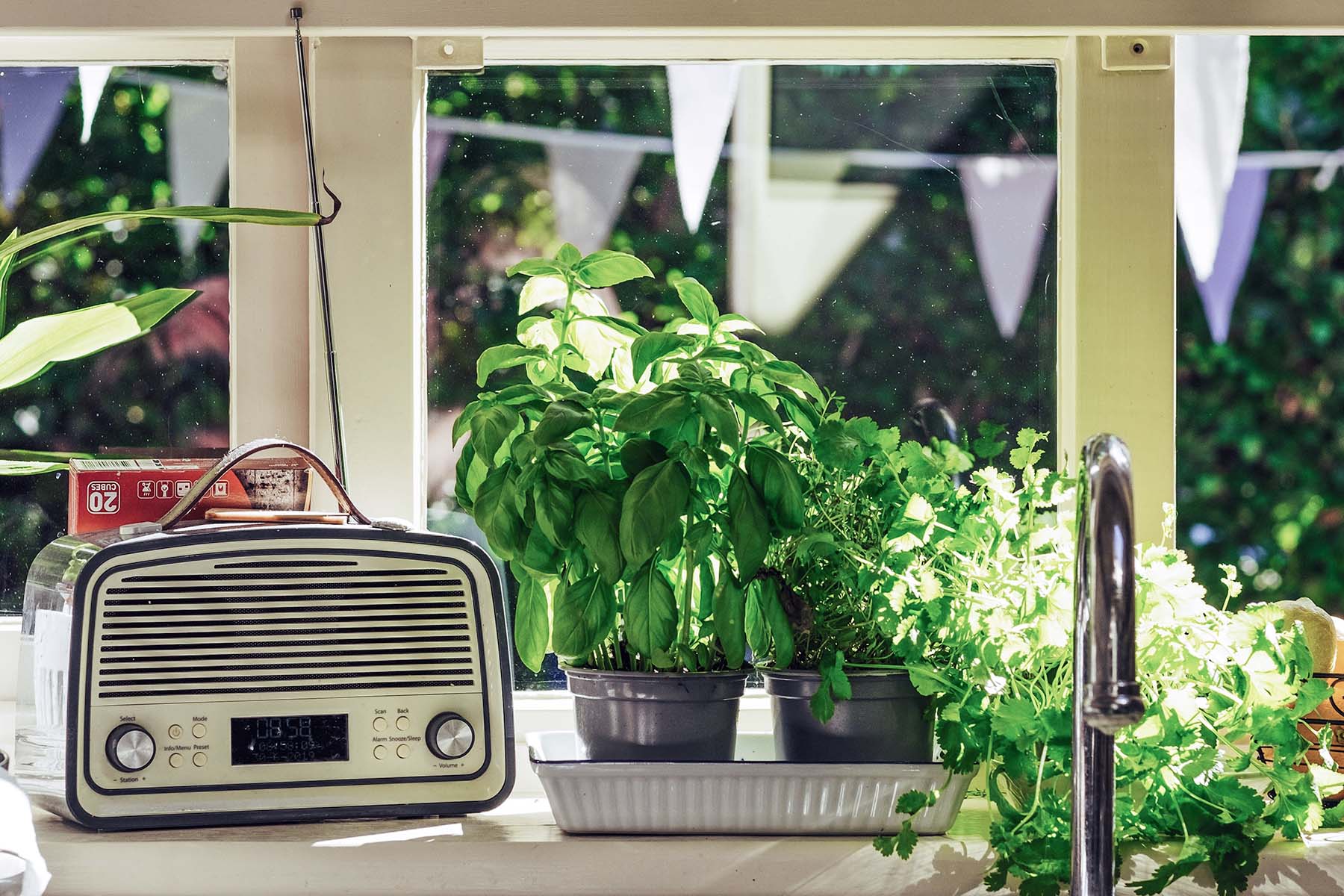
When & How to Transition Your Plants Outdoors for the Summer
Now that we have our plants all set up for the Spring and Summer, see our tips for prepping your plants for the growing season here, let's go one step further. Even though we live in a zone that gets too cold during the days and nights in different portions of the year to keep houseplants outside full time, why not spoil our plants even more and keep them outside during the Summer! After all, they are still living beings, they belong outdoors if the conditions meet their needs seeing as that is where they originated.
Although moving your plants outside will be like giving them a vacation, there is a proper way of doing so, so keep on reading to find out why it is beneficial and how to go about transitioning them. After being cooped up indoors for a long, cool, dark winter, they deserve a respite.

Why it's Beneficial to Move Your Plants Outdoors for the Summer
Let's think about the natural habitat our plants originate from. The majority are from warm, humid, rainforest-like climates so they love that bright, diffused light, warm temperatures, and tons of moisture with consistent air circulation. Sadly, our Canadian homes can provide almost none of these components, unless you have mini greenhouses throughout your home. In the winter, we have central heating, which, although warm, eliminates any moisture in the air and causes the foliage of our plants to dry out. We also don't have that beautiful, bright, diffused light everywhere, we have limited spots for our plants to receive the light they love and need.
Although we can certainly provide a completely satisfactory environment for many plants indoors, by keeping them in spaces where they can receive bright light and combating any dry air issues with humidifiers, misting, pebble trays, why not try one year to transition your plants outside for the summer and watch them flourish. If you have any plants that are struggling in your home, no matter what you do for them (as long as it isn't a pest issue), try moving them outside!
Here are the biggest benefits of moving your plants outdoors:
1. Brighter Light:
When a plant is inside, it is really only getting natural light that is coming in through windows and, like most condos or apartments, that often means it is only getting light from one direction. When a plant is outside, it is either getting light from multiple directions or receiving even more light than it had been from sitting next to a window. A sunny window indoors is not nearly as bright as the direct sun outdoors (which is a very important part of the transition process that we describe below). Not only is the light stronger and brighter, but there is also a lot more of it outside.
💡
This benefit is mostly a bonus. When your plants are outside, you can easily repot them, shower them off, or do any other maintenance necessary while minimizing additional work or mess. Showering off foliage plants is always recommended, as this can be a great pest prevention step, as well as washing off any dust buildup or helping increase the ambient humidity. Every time your plants need to be watered, you can also shower them, which will make almost any plant happy. Happier plants can often lead to larger foliage!
2. Heat & Humidity:
Although it still isn't a greenhouse outdoors, as Canada does not have the most humid conditions all summer, it certainly makes a better attempt at mimicking those conditions than indoors does. The heat and humidity outdoors will be a delightful treat for your plants, just like visiting a spa! When they're outside, they can avoid the cold AC that cools our homes and sucks any additional moisture out of the air. The warm days and nights will be a beautiful oasis for your plants.
3. Air Circulation:
Although this tends to go hand-in-hand with humidity and temperatures, consistent air circulation, without being drafty, is also a benefit of keeping your plants outside. Indoor, stale, bone dry air is definitely not something our tropical plants enjoy. The air circulation and wind can not only assist in making our plants sturdier and stronger, but they can also help with keeping your plants free of particle, or dust, buildup.
4. Rainwater:
Another huge benefit of keeping our plants outside for the summer is rainwater, due to the fact that it is naturally "soft" and can help flush out any mineral buildup from tap water in the soil, whose damage can often show up on foliage through burned edges. It'll also clear out any pores on your plant's leaves, improving its ability to photosynthesize.
5. Ease of Access:
This benefit is mostly a bonus. When your plants are outside, you can easily repot them, shower them off, or do any other maintenance necessary while minimizing additional work or mess. Showering off foliage plants is always recommended, as this can be a great pest prevention step, as well as washing off any dust buildup or helping increase the ambient humidity. Every time your plants need to be watered, you can also shower them, which will make almost any plant happy. Happier plants can often lead to larger foliage!
When & How To Transition
Now that we know the benefits of moving them outdoors, let's talk about the moving and transitioning process. Once the nighttime temperatures are consistently over 10 degrees Celsius, it should be safe to keep your plants outside. It all depends on where you live and if it is too cool at night, the foliage of your plants can burn. Monitor your local weather in case of any late cool or freezing spells but, if you are worried, by the first day of summer the weather should be just fine.
Plants need to go through a period of hardening off, where they adjust and acclimatize to their changing conditions. Think about your plant, the conditions it needs, and then determine what location would be good for it! If it is a plant that enjoys bright, indirect light, keep it in a location outdoors that really only receives some morning or very late afternoon sun, or just bright, indirect, natural light all day. This will be the majority of plants, as plenty of low or medium-light plants will love bright light, they just can't receive prolonged direct sun.
☀️
Keep in mind that the most intense sun is between 11 AM - 3 PM.
Even if your plant is a sun-loving plant, they still need to go through a transition phase! This is very important to remember, as a sunny window is much different than a full day of direct sun outdoors.
🚨
If your plant is a bright light plant that can take the direct sun, do not place your plant in a spot that receives full sun for 6-8 hours right away, even if it is a full sun plant! The foliage will most likely burn or the shock of the sunlight will cause the plant to shed its leaves. The intensity of the sun outside is much stronger than the light from a sunny window.
Here are the steps to follow if your plant enjoys full sun:
- Place your plant in a shady location outdoors to start off
- Every few days, give your plant an extra 30 minutes - 1 hour of sun until it is receiving the amount of light you wish it to receive
- Specifically, citrus (i.e. lemon trees, lime trees, calamondin, etc.), succulents, cacti, jade plants, and even some ficus love the sun! Look up the specific care requirements of your plants and determine how many hours of sun you should be giving them (if any).
Finally, keep your plant in a relatively protected location, as the wind can do some damage. If the foliage of your plants is large, it can cause rips and tears. On the other hand, if you have small pots that can easily get blown over, try to keep them protected as well. Any plant that can be blown over could damage the plant or the pot, and nobody wants that!
We'll talk about the transition of bringing your plants back indoors at the end of the season, as that can be just as much of a shock as bringing them outside.
Caring for Your Houseplants Outdoors
Consider the new elements that your plants are now experiencing: the wind, rain, excess sun, heat, and any other weather-related experiences. Now that there is a lot more going on, your plants may require a little additional effort on your part.
First of all, let's figure out whether your plant needs to be repotted or not. Is it a fast-growing plant? Is it almost too big for its current home? If so, it may just be easier to give your plant a larger home for it to grow in with brighter light and warmer days! Check out our guide on knowing when to repot and how to do so here. Even if it doesn't need to be repotted, even just adding a little additional soil, which does contain nutrients, would be a benefit. In nature, soil is constantly refreshing itself, always refreshing its nutrients, which doesn't happen with potted plants.
Next up: watering. Due to the warmer and brighter days, your plants will most likely need more water than they do when they are indoors. They are also exposed to the wind, which also adds to drying out the soil quicker faster. Now, this can change throughout the summer, as we know that Canadian weather can be all over the place, so monitor your plants and their needs daily! Generally, depending on the plant, if the soil is dry up to your second knuckly, it will most likely need a drink.
🚿
Remember that your plant is also exposed to rainfall now too! Make sure your pots all have drainage holes as rainfall can lead to overwatering. This is especially true if your plants are completely exposed, balcony plants are more protected so this is less of a worry for apartment and condo dwellers. Avoid letting your plants sit in saucers of filled with water too long as well.
Finally, make sure to give your plant adequate food, or fertilizer, as it grows in superior conditions, once it has adjusted of course. Whatever fertilizer you use, make sure to follow its directions for how to dilute it or administer it, so as not to overfeed your plants. Now that you will also be watering more often, these frequent waterings will be washing nutrients out of the soil so it is important to be feeding your plants. Consider specific plants and how much fertilizer they need as well.
Now that you are a pro in caring for plants, why not up your experience and see how your plants do outdoors for the summer and watch them flourish in the heat and light!






